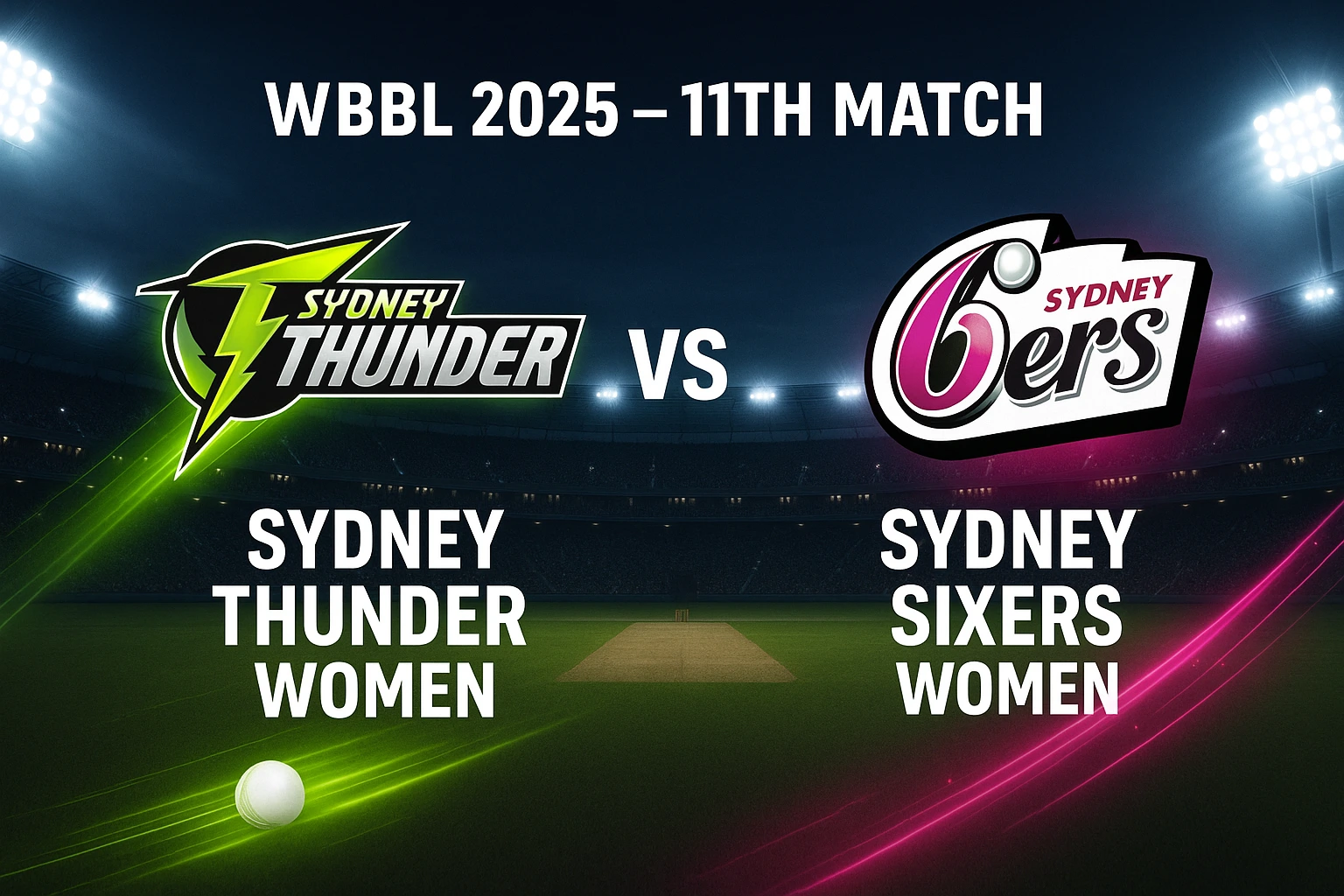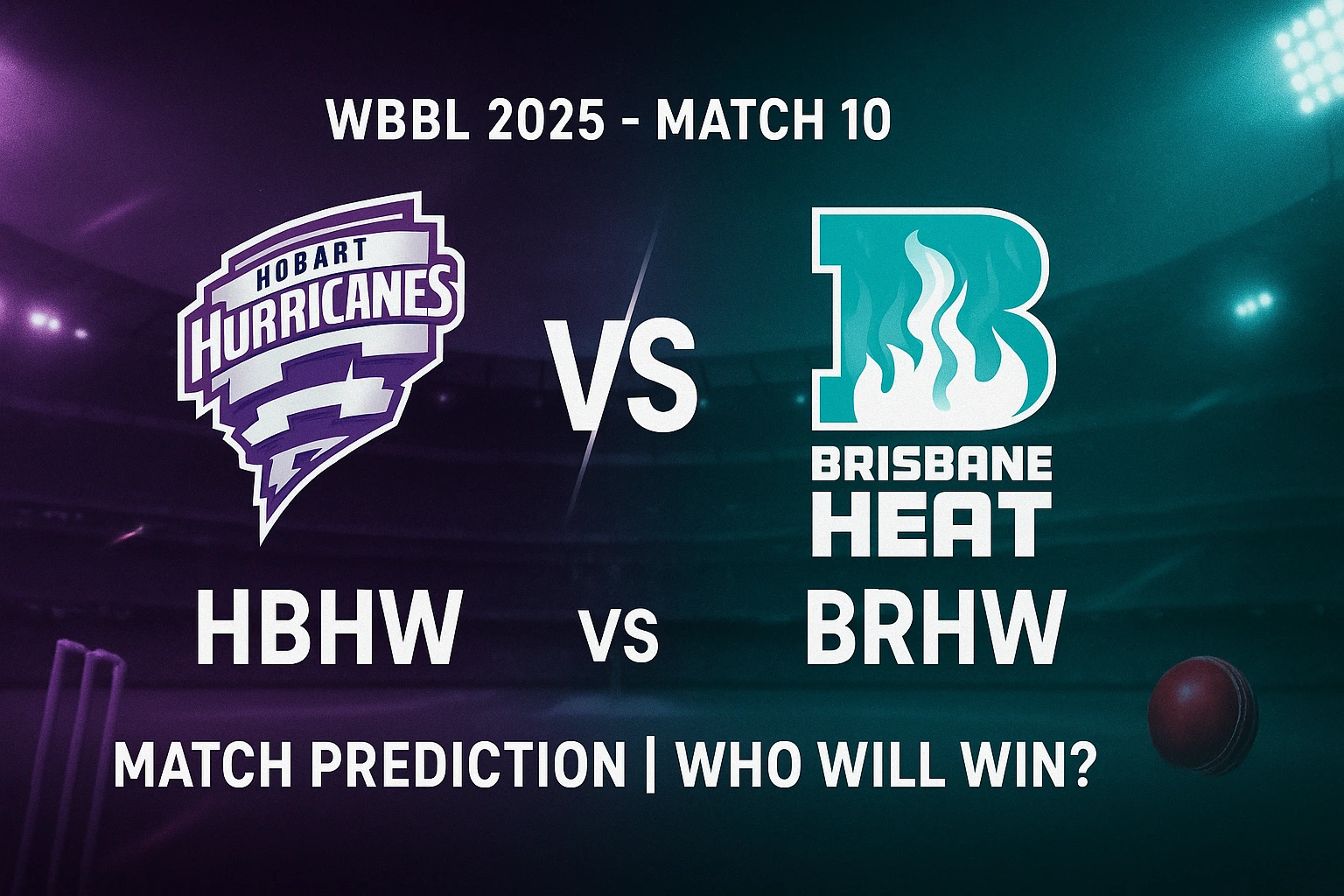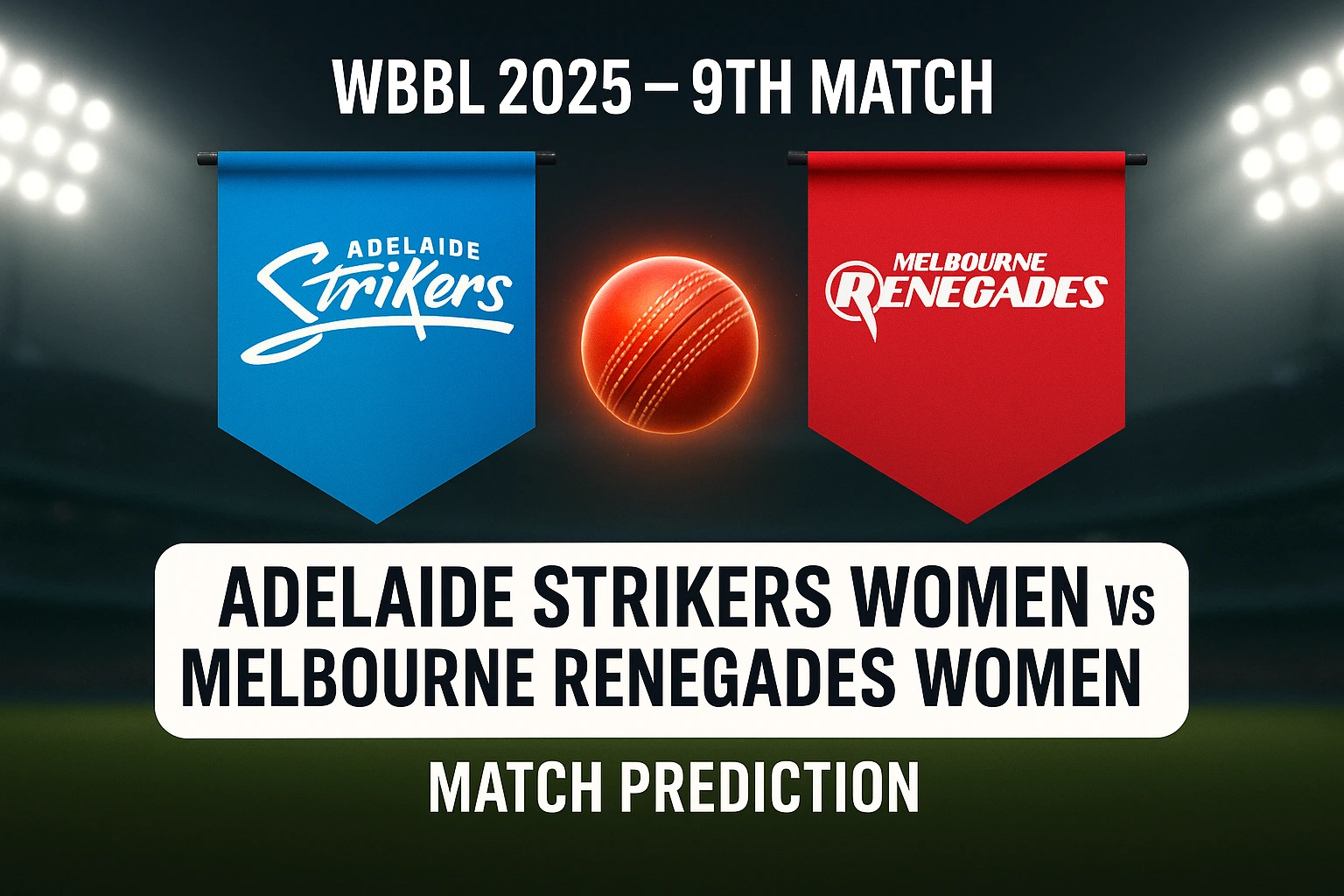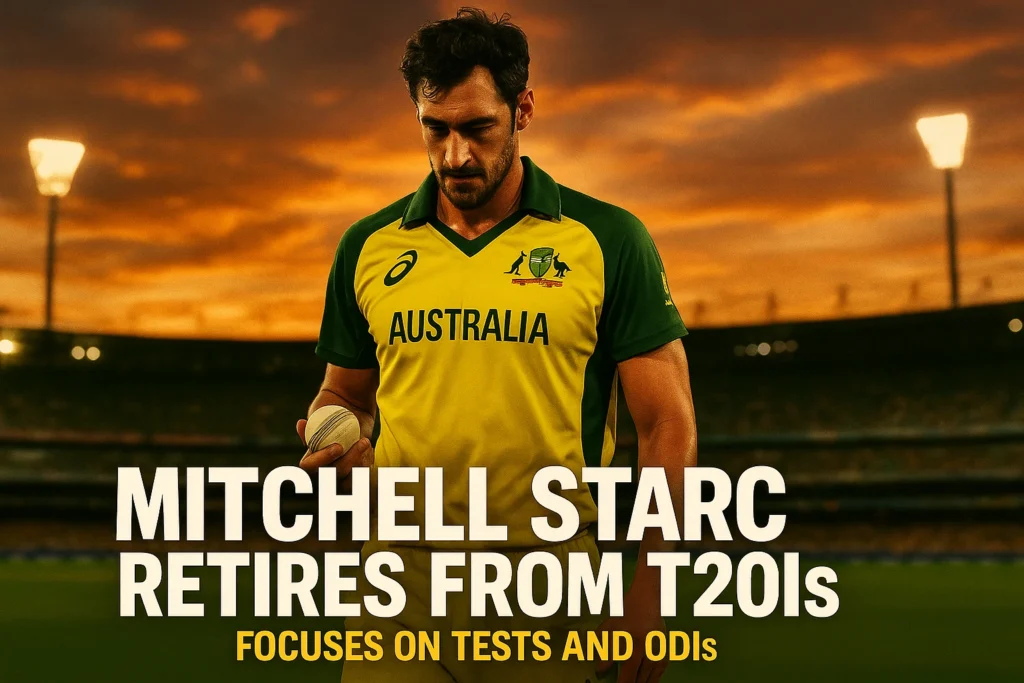So it’s official—Mitchell Starc retires from T20Is. One of Australia’s most feared quicks has decided to walk away from the shortest format. Why? Simple. At 35, he doesn’t want to burn out. He wants to stretch his career and put all his energy into Test cricket and one-dayers.
If you’ve followed Starc’s career, this won’t shock you. He’s always been a bowler who valued the red ball. For him, Tests are the real deal—the grind, the patience, the battles that last for days. And ODIs? They still matter, especially with another World Cup on the horizon. T20s? Fun, yes. But they take a toll on a fast bowler’s body, and Starc knows that better than anyone.
Why He Stepped Back
Fast bowling is no joke. You’re running in hard, ball after ball, and your knees, ankles, and back take a beating. Add the travel, the constant switching between formats, and something has to give. That’s why Mitchell Starc retires from T20Is—to cut down the load.
It’s also about focus. He doesn’t want to be average in three formats. He wants to be great in two. Tests, where his legacy will truly stand, and ODIs, where Australia will need him for big tournaments.
His T20I Story
Starc’s numbers in T20Is are solid—79 wickets in 65 games. But numbers don’t tell the whole story. He wasn’t just another seamer; he was the guy you looked to in crunch overs. Swing with the new ball, yorkers at the death, and nerves of steel.
The 2021 T20 World Cup win? He was there, making an impact. He may not have been the headline every time, but Australia knew he was a weapon. That’s the kind of presence you can’t put into stats.
What It Means for Australia
Let’s be real—Australia will miss him. That left-arm angle, the pace, the ability to pick wickets when nothing was happening. You don’t replace that overnight.
But, cricket moves on. This is also a chance for the next crop. Nathan Ellis, Sean Abbott, Xavier Bartlett—names that haven’t had the same spotlight—will now get more opportunities. It’s how teams evolve. And if we’re honest, Australia’s white-ball depth is pretty strong.
What’s Next for Starc
The road ahead is clear. Tests and ODIs. Expect him to still lead the attack in big series. In Tests, he’s part of that lethal trio with Cummins and Hazlewood. In ODIs, he’ll continue to be that strike bowler who makes early dents.
Looking at the calendar, you’ve got the Ashes, tough tours in Asia, and of course, the 2027 ODI World Cup. Starc clearly wants to be around for those. By stepping away from T20Is now, he gives himself the best shot.
Final Word
So yeah, Mitchell Starc retires from T20Is. It feels like the end of a chapter, but not the end of his story. If anything, it’s a smart, honest decision. Fans might miss seeing him fire yorkers in T20s, but they’ll still get to watch him terrorize batters in the formats that truly define a bowler’s career.
It’s not about what he’s leaving—it’s about what he’s preserving. Starc wants to last longer, and this is how he does it. And honestly? That’s good news for Australia, because there are still plenty of battles left for him to fight.





